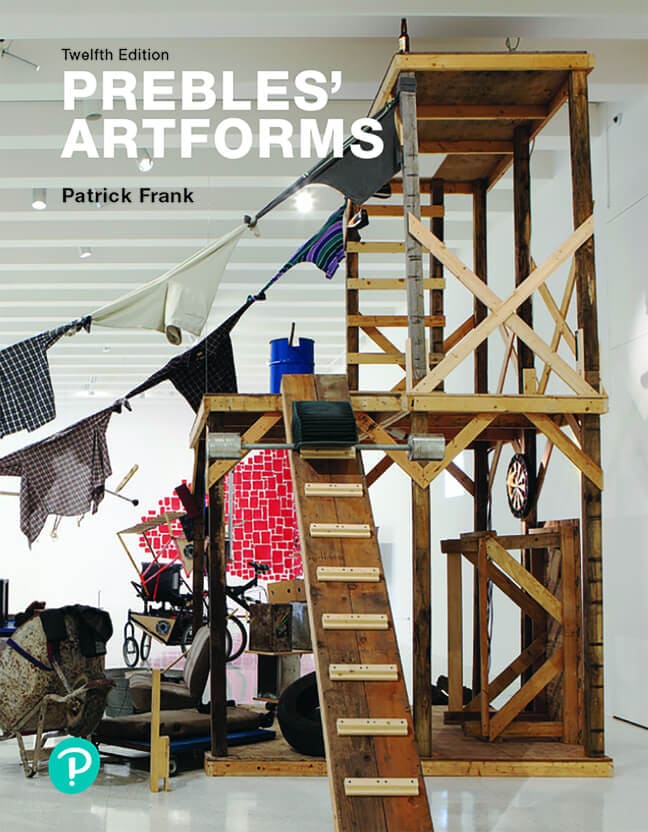
Cézanne’s Gardanne

Featured art: Cézanne’s Gardanne
Cézanne’s Gardanne was the featured art in the April HSS eNews.
Paul Cézanne (1839-1906) was a French artist and post-impressionist. He painted Gardanne in 1885-1886, with oil on canvas, measuring 31 ½ x 25 ¼.

Paul Cézanne was interested in developing formal structure in his paintings. In his own way, he organized visual form to achieve structured clarity of design, and his paintings influenced twentieth-century formalist styles.
Cézanne sought to achieve strength in the formal structure of his paintings. “My aim,” he said, “was to make Impressionism into something solid and enduring like the art of the museums.”1
Cézanne saw the planar surfaces of his subjects in terms of color modulation. Instead of using light and shadow in a conventional way, he relied on carefully developed relationships between adjoining strokes of color to show solidity of form and receding space. He questioned, then abandoned, linear and atmospheric perspective and went beyond the appearance of nature, to reconstruct it according to his own interpretation.

Excerpt from
Prebles' Artforms, 12th Edition
Patrick L. Frank, Duane Preble, and Sarah Preble
Revel 12.6: The Post-Impressionist Period
This book is introduction to art appreciation that highlights how we form art and art forms us.
Prebles’ Artforms introduces various disciplines of the arts and helps students understand that as humans form works of art, we in turn are formed by what we have created. Continuing to emphasize this two-way interaction with art first introduced by original authors Duane and Sarah Preble, current author Patrick Frank combines coverage of classic works with contemporary art that reflects the ever-evolving state of human creativity while igniting students' interest in art. The 12th Edition offers updated images as well as expansive interactive content that affords in-depth exploration of key artworks.



